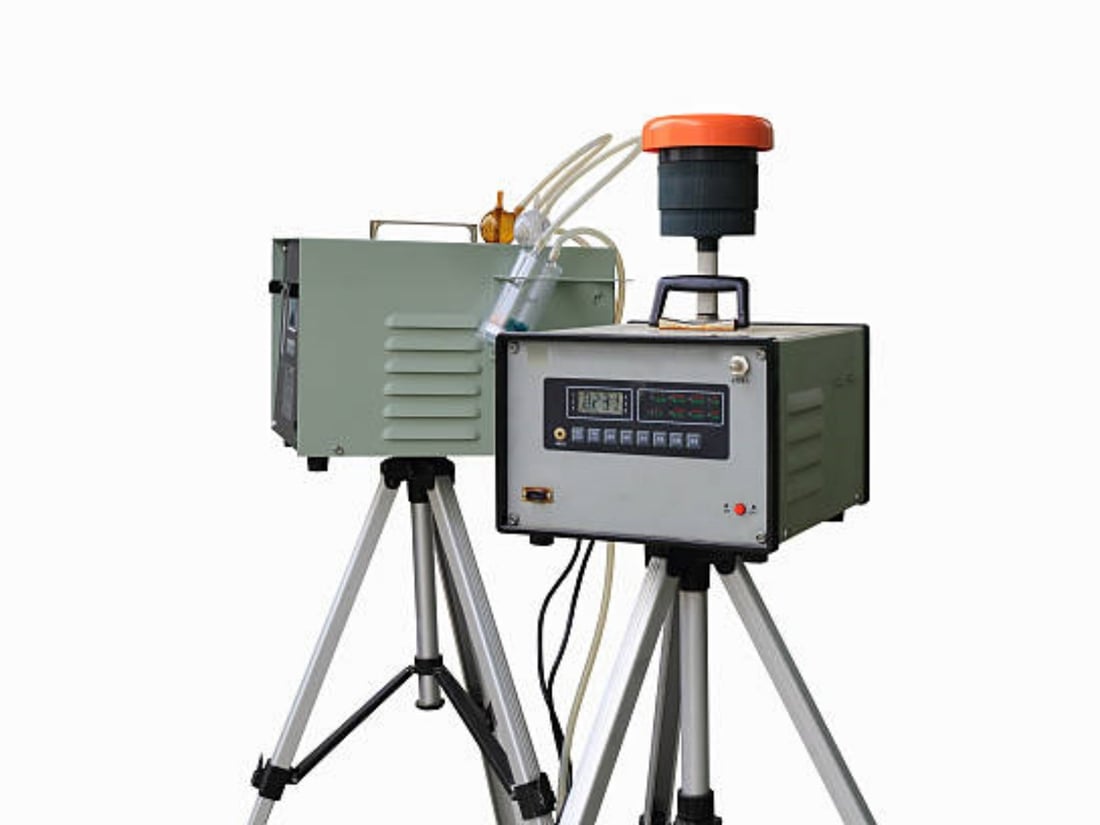Non-contact full-field vibrometry is a cutting-edge technology that allows for the measurement of vibrations on an object's surface without physical contact. This methodology utilizes advanced optical and imaging techniques to capture vibrations in real-time, providing valuable insights into the dynamic behavior of structures and materials.
Applications in Structural Health Monitoring
One of the key applications of non-contact full-field vibrometry is in structural health monitoring. By analyzing the vibration patterns of buildings, bridges, and other infrastructure, engineers can detect any signs of damage or deterioration at an early stage. This proactive approach helps to prevent catastrophic failures and ensures the safety and longevity of important structures.
Quality Control in Manufacturing Processes
Non-contact full-field vibrometry is also widely used in the manufacturing industry for quality control purposes. By monitoring the vibrations of machinery and equipment during operation, manufacturers can identify any defects or malfunctions that could affect product quality. This technology plays a crucial role in ensuring the reliability and efficiency of production processes.
Advancements in Aerospace Engineering
In the field of aerospace engineering, non-contact full-field vibrometry has revolutionized the way vibrations are analyzed on aircraft and spacecraft components. By capturing high-resolution vibration data, engineers can optimize the design and performance of aerospace structures, leading to safer and more reliable flight operations.
Research and Development in Automotive Industry
Automotive engineers also benefit from the use of non-contact full-field vibrometry in their research and development efforts. By studying the vibrations of vehicle components under various driving conditions, manufacturers can enhance the comfort, durability, and performance of automobiles. This technology is instrumental in driving innovation and competitiveness in the automotive industry.
Medical Applications for Non-Contact Full-Field Vibrometry
The medical field has also embraced non-contact full-field vibrometry for diverse applications, such as cardiovascular diagnostics and tissue engineering. By analyzing the mechanical properties of biological tissues through vibration analysis, medical researchers can gain valuable insights into the health and functionality of organs, leading to advancements in medical diagnosis and treatment.
Environmental Monitoring and Disaster Prevention
Non-contact full-field vibrometry plays a crucial role in environmental monitoring and disaster prevention efforts. By analyzing the vibrations of natural structures such as mountains, coastlines, and fault lines, scientists can predict and mitigate the impact of natural disasters such as earthquakes and landslides. This technology helps to safeguard communities and ecosystems from potential threats.
Enhancing Sports Performance and Equipment Design
Athletes and sports equipment manufacturers utilize non-contact full-field vibrometry to enhance sports performance and optimize equipment design. By analyzing the vibrations generated during athletic activities, coaches and athletes can identify areas for improvement in technique and training methods. This technology also helps in creating sports equipment that maximizes performance and reduces the risk of injuries.
Integration with Artificial Intelligence and Machine Learning
The integration of non-contact full-field vibrometry with artificial intelligence and machine learning algorithms has opened up new possibilities for data analysis and predictive modeling. By combining advanced imaging techniques with AI-driven analytics, researchers can extract valuable insights from vast amounts of vibration data, leading to more accurate predictions and proactive decision-making.
The Future of Non-Contact Full-Field Vibrometry
As technology continues to advance, the future of non-contact full-field vibrometry holds great promise in various industries. From enhancing structural safety and product quality to driving innovations in healthcare and environmental monitoring, this cutting-edge technology will continue to play a vital role in shaping the modern world.
Quote Inquiry
contact us

